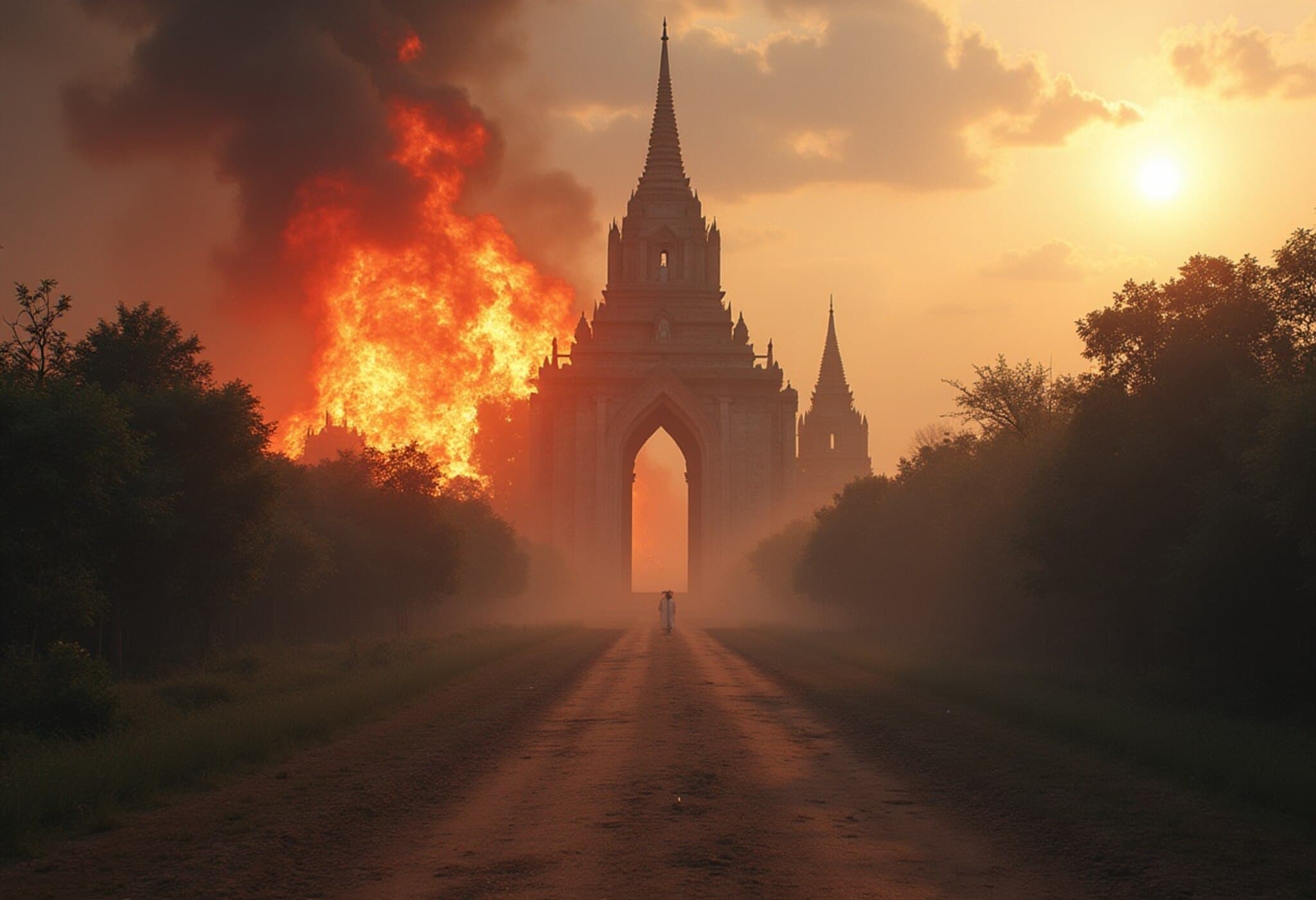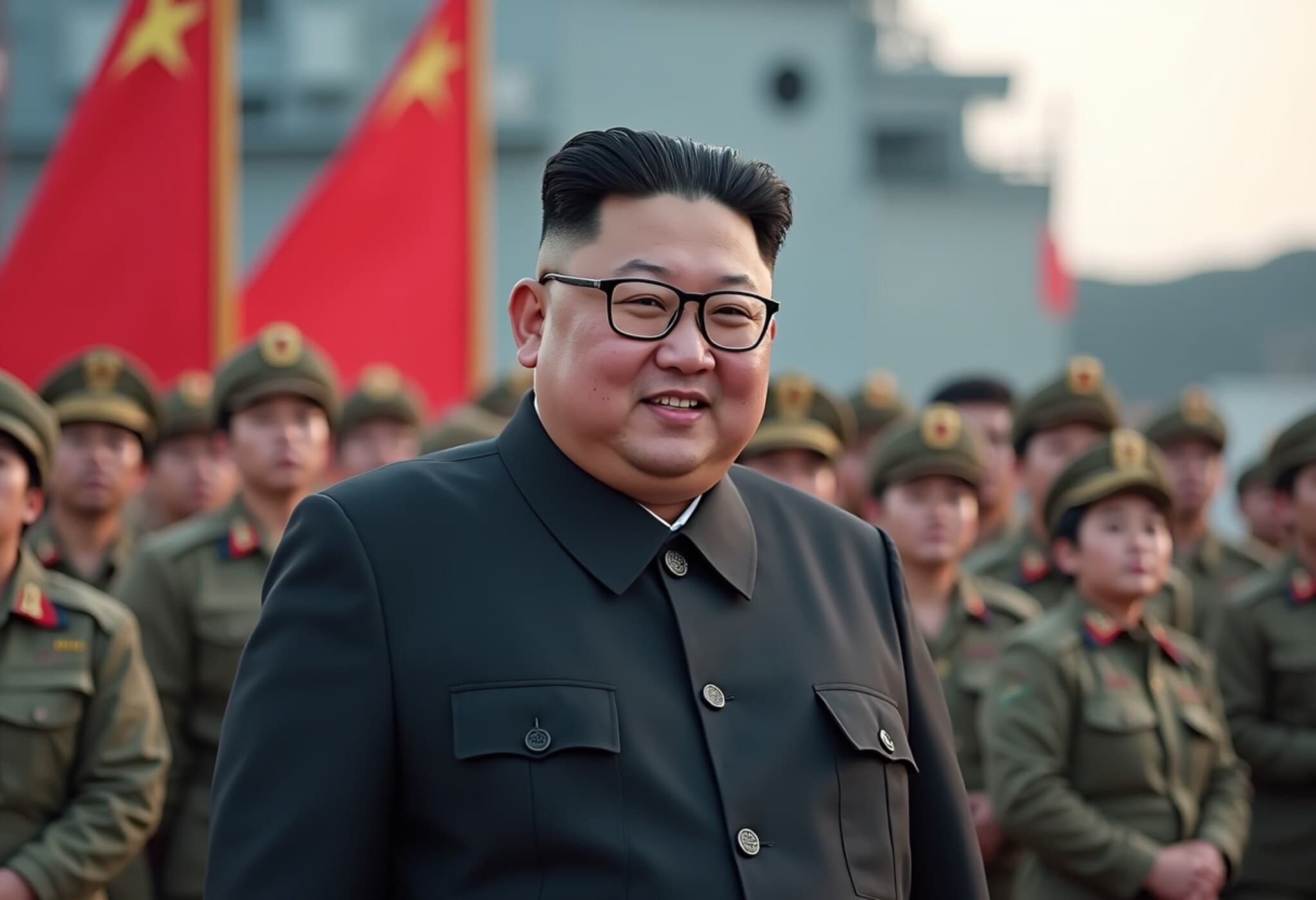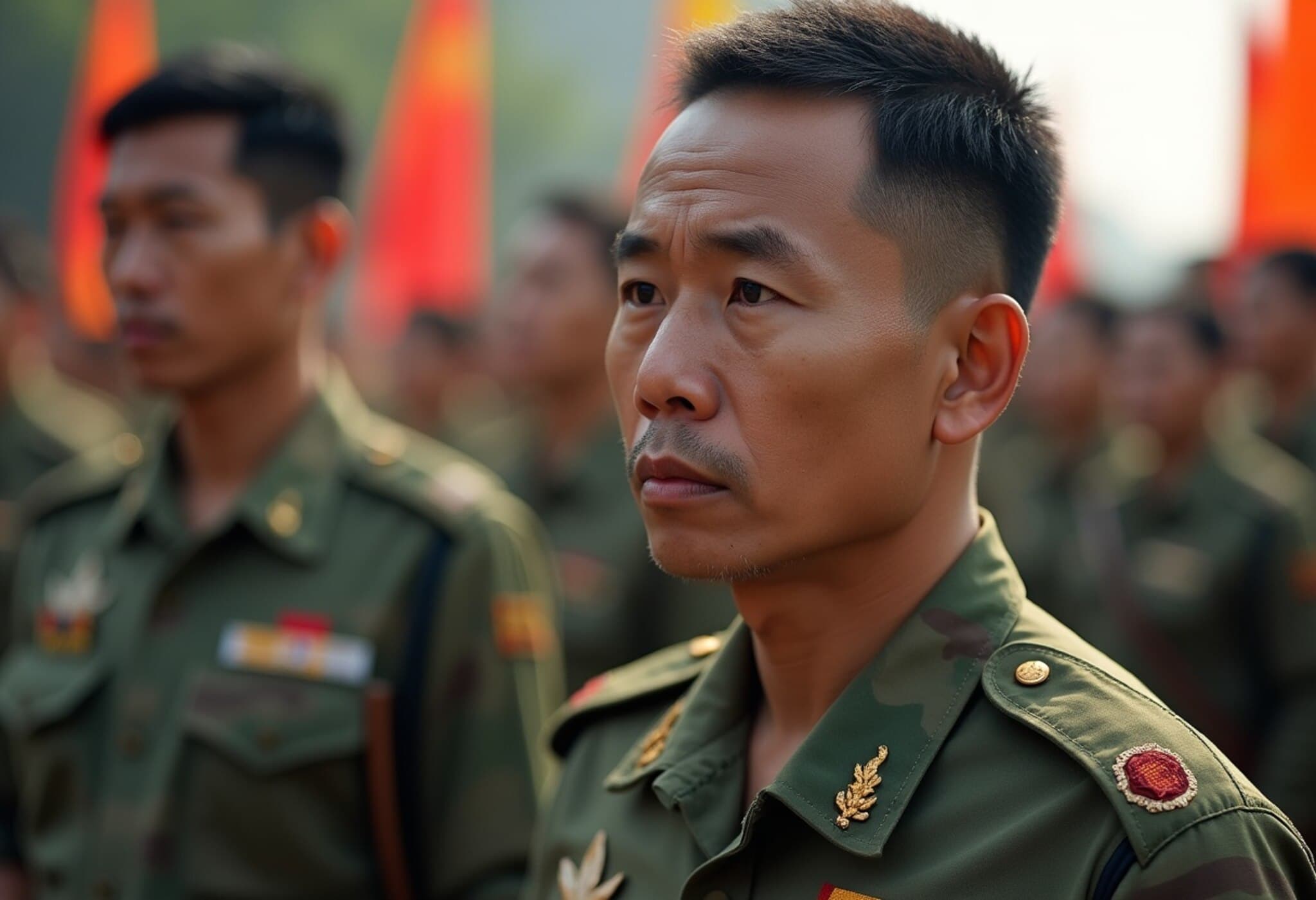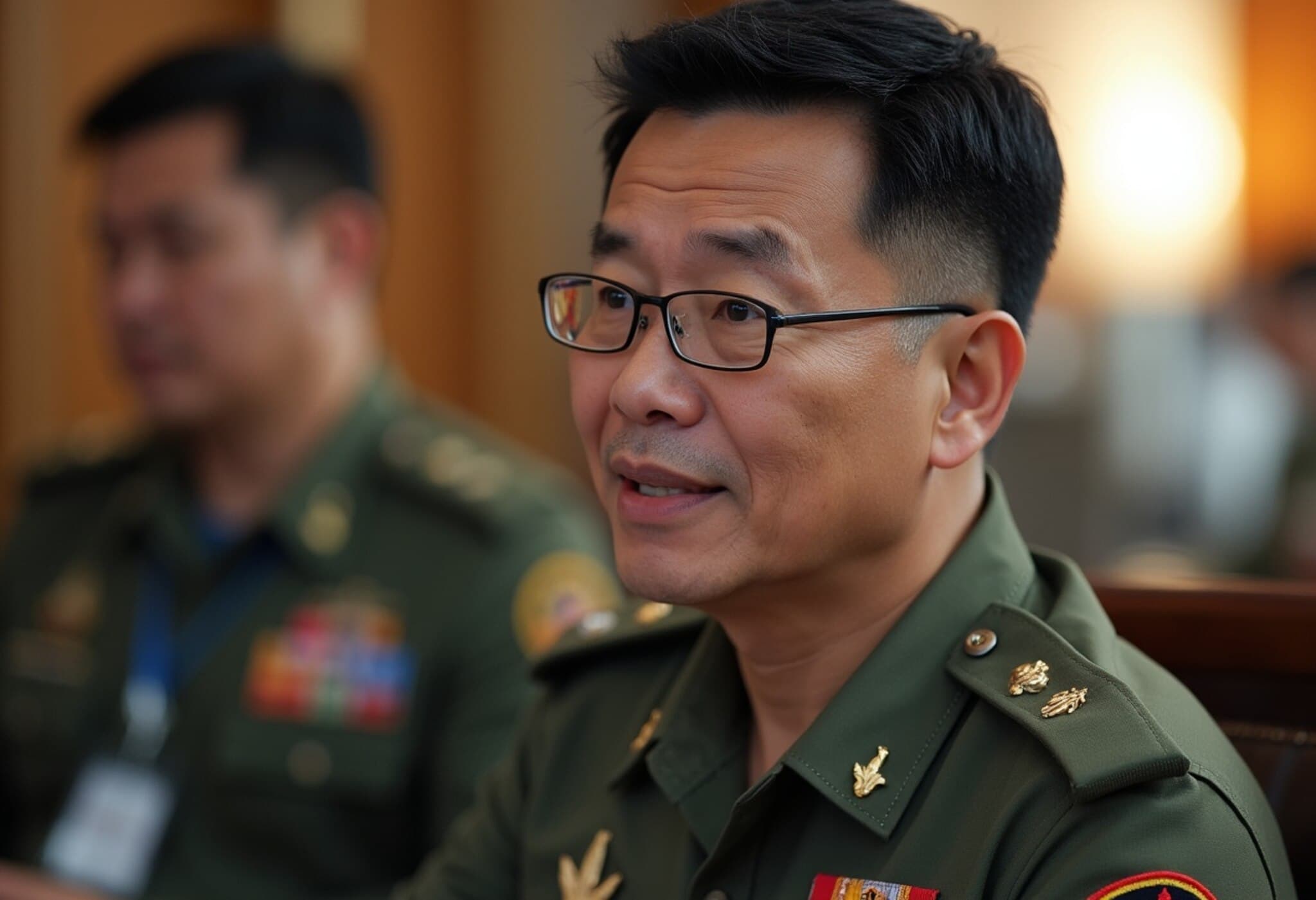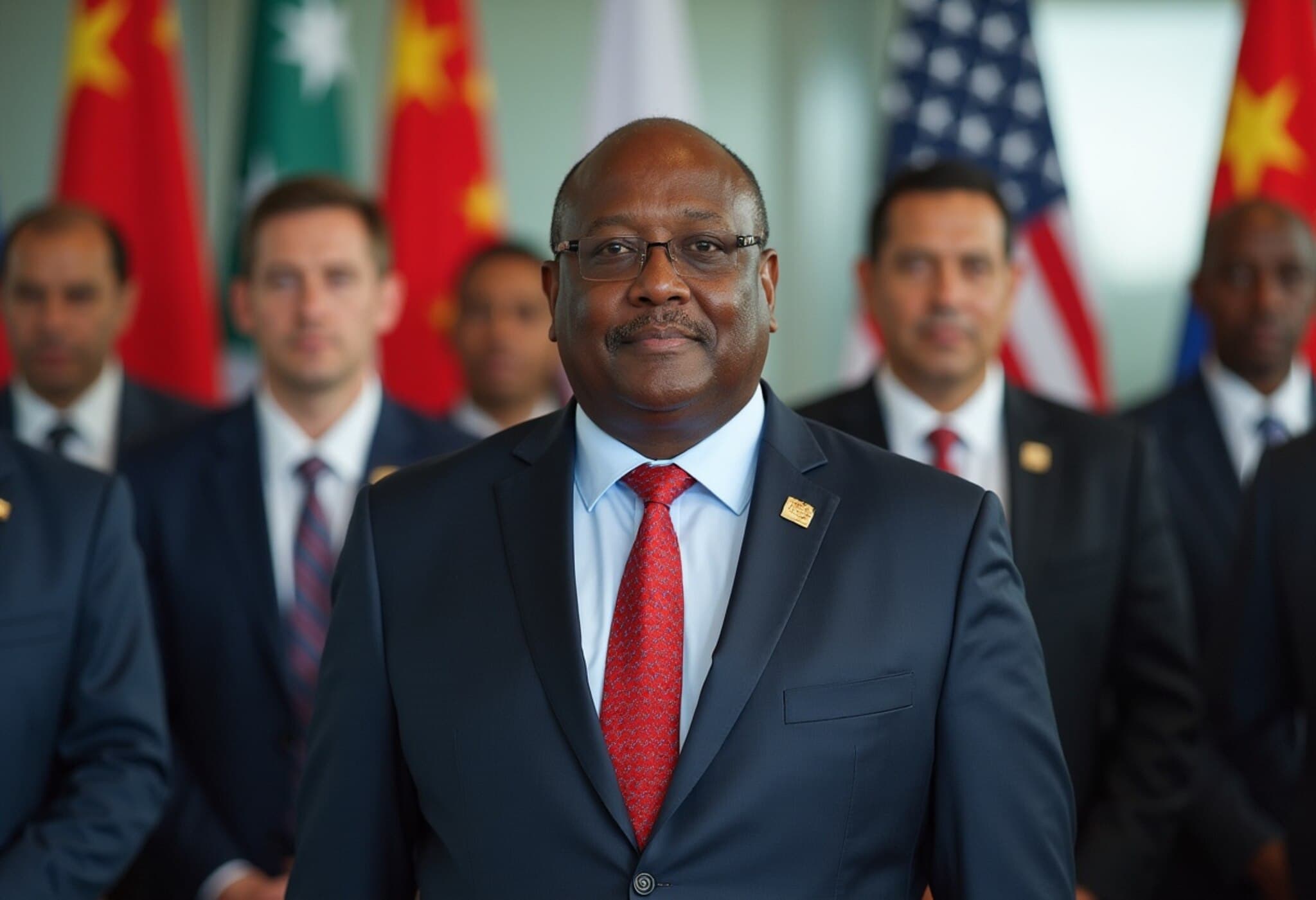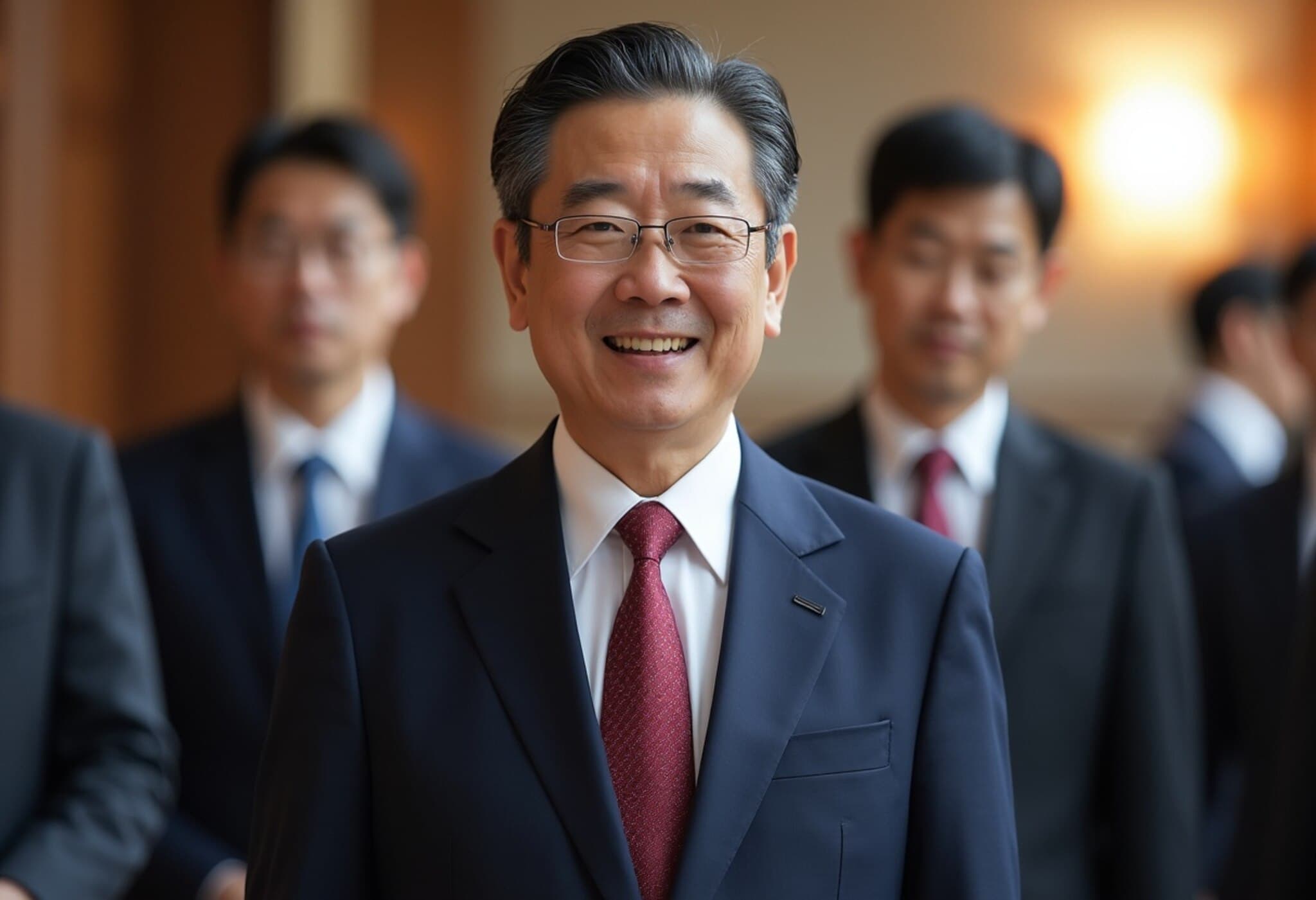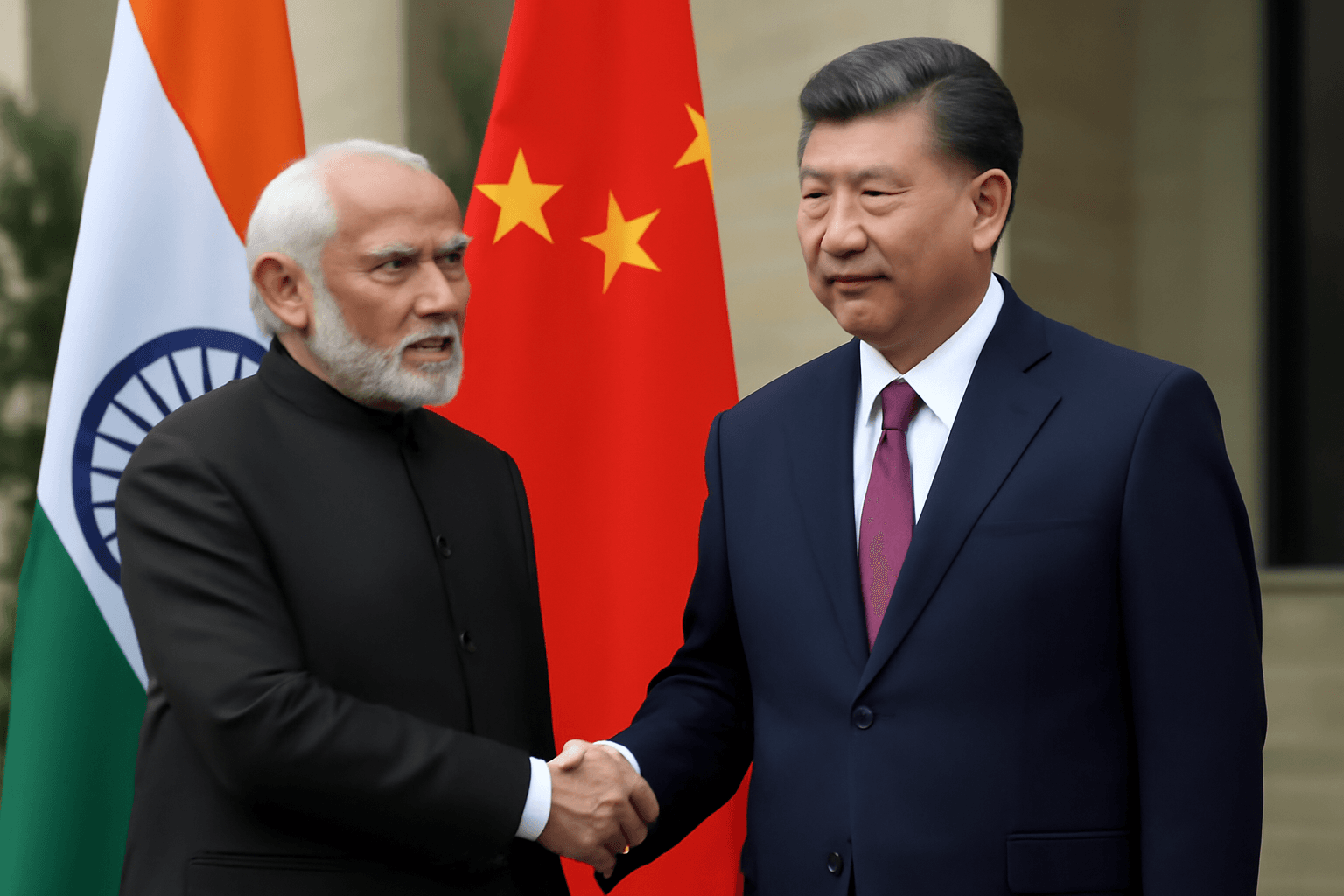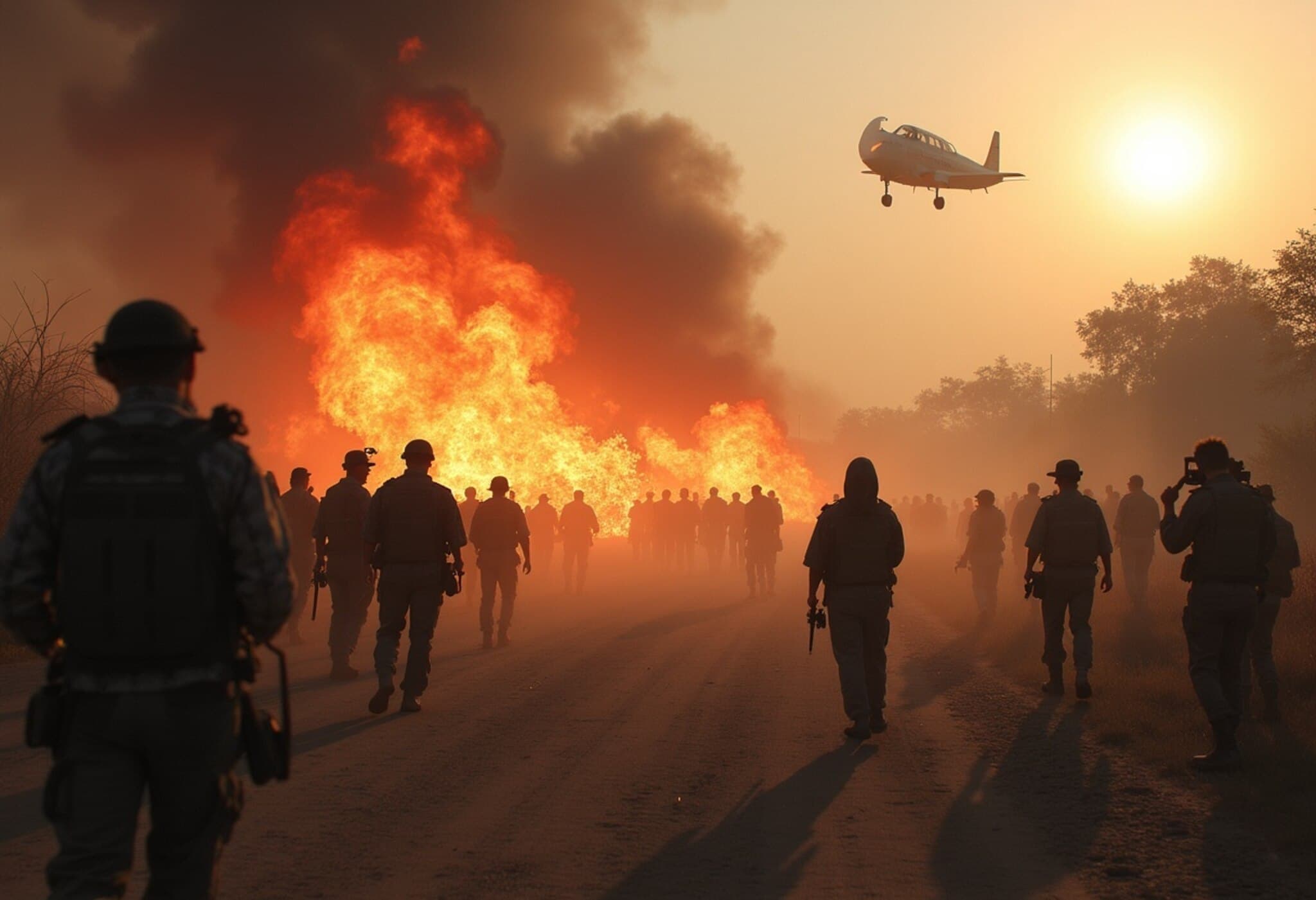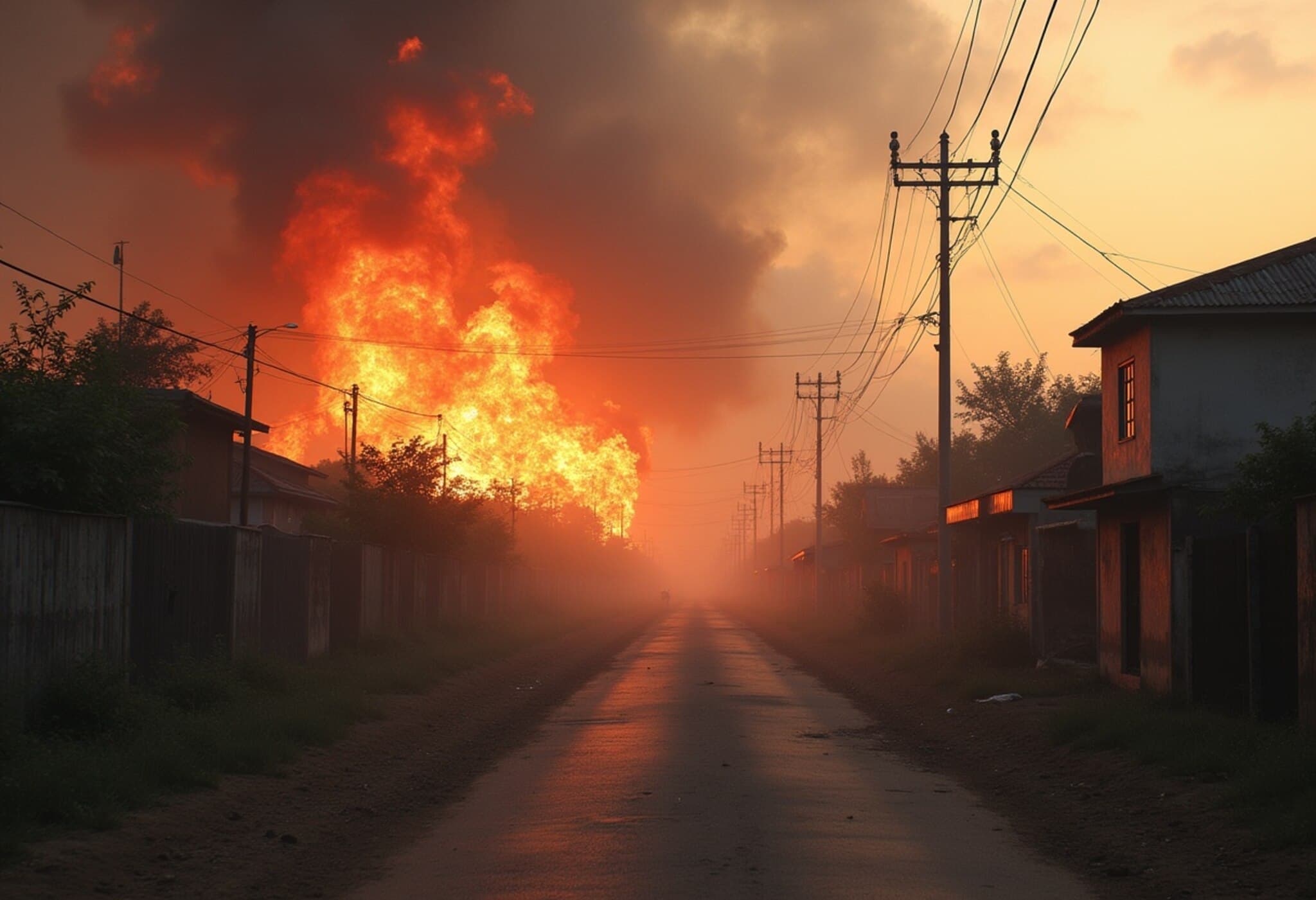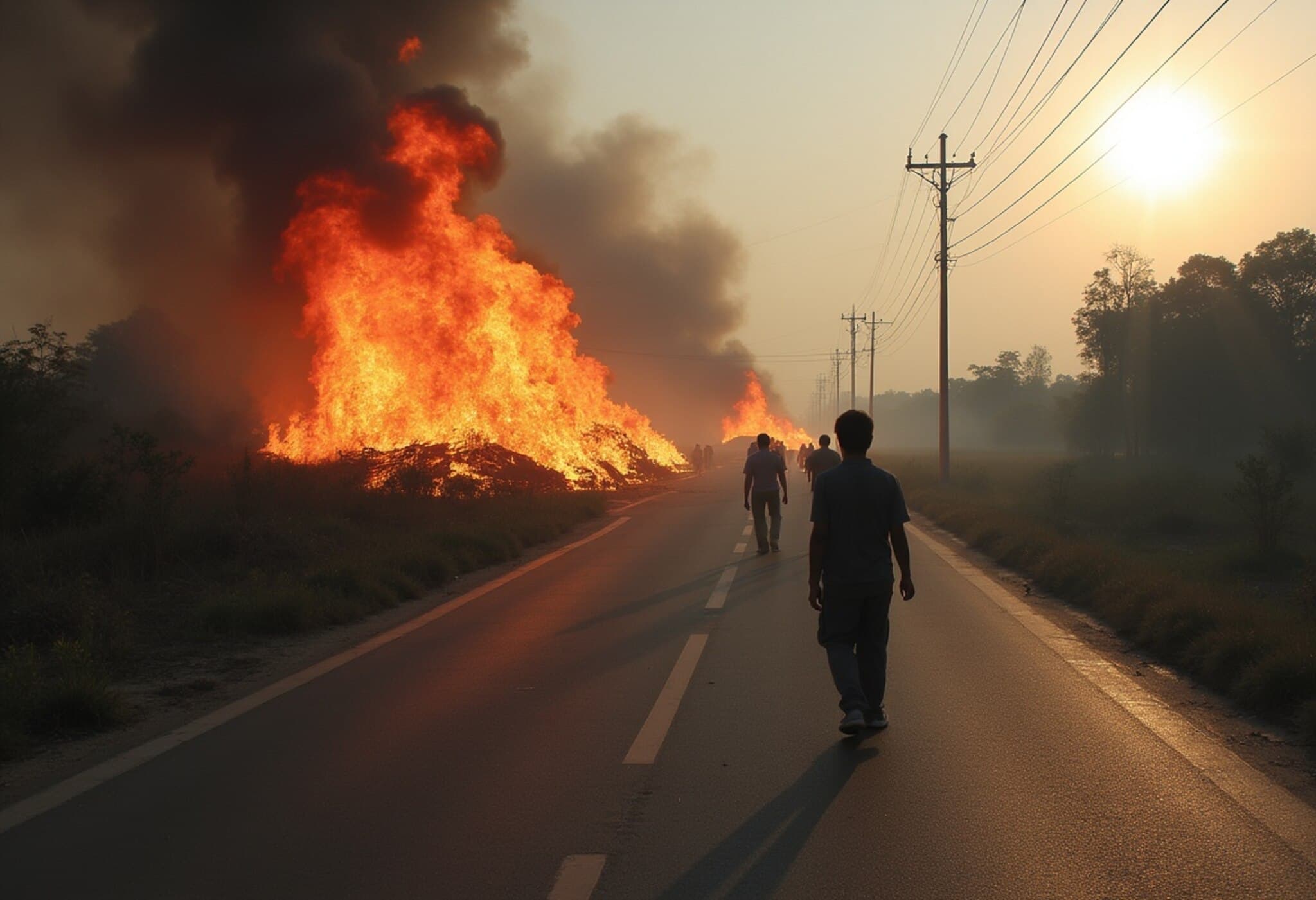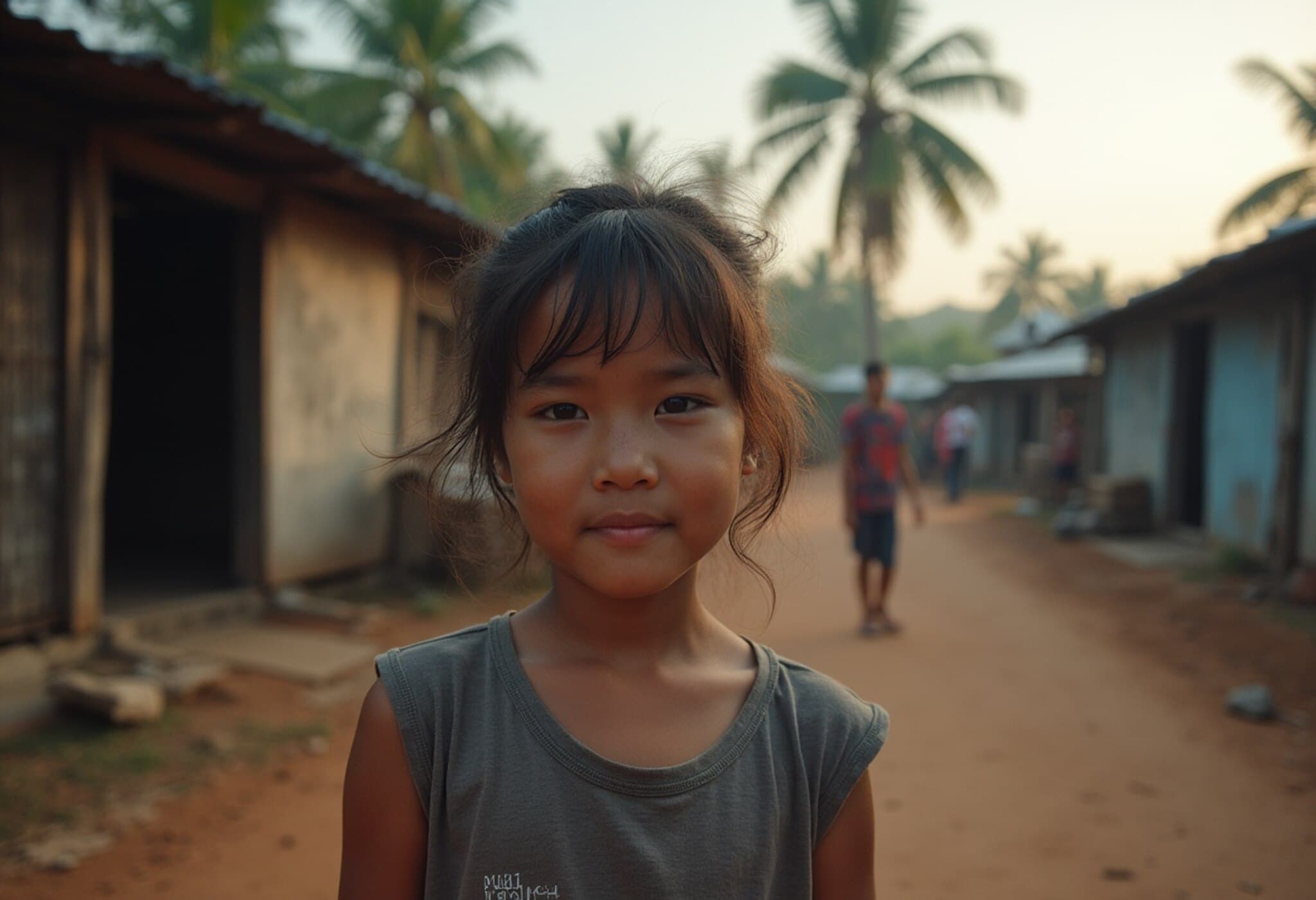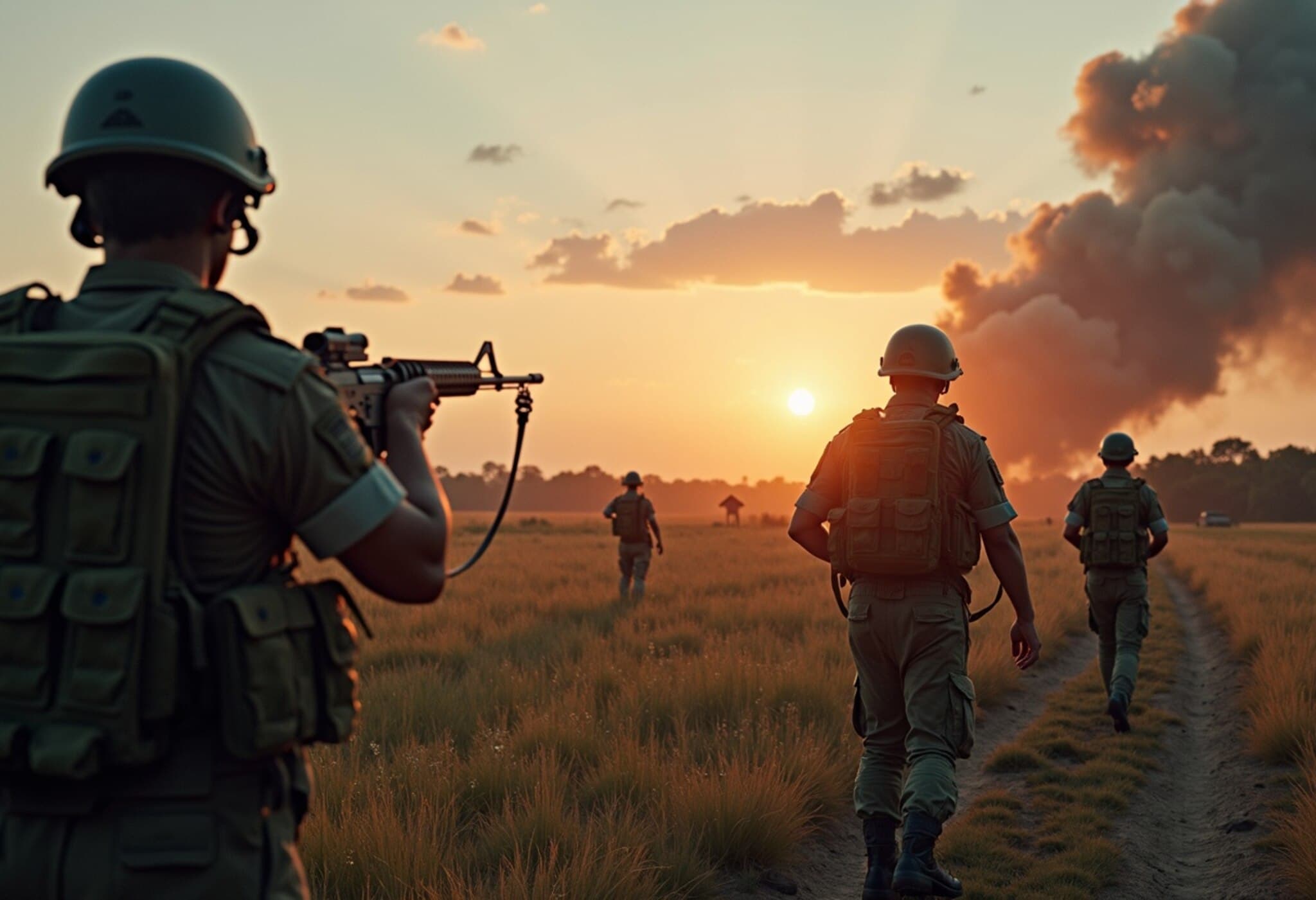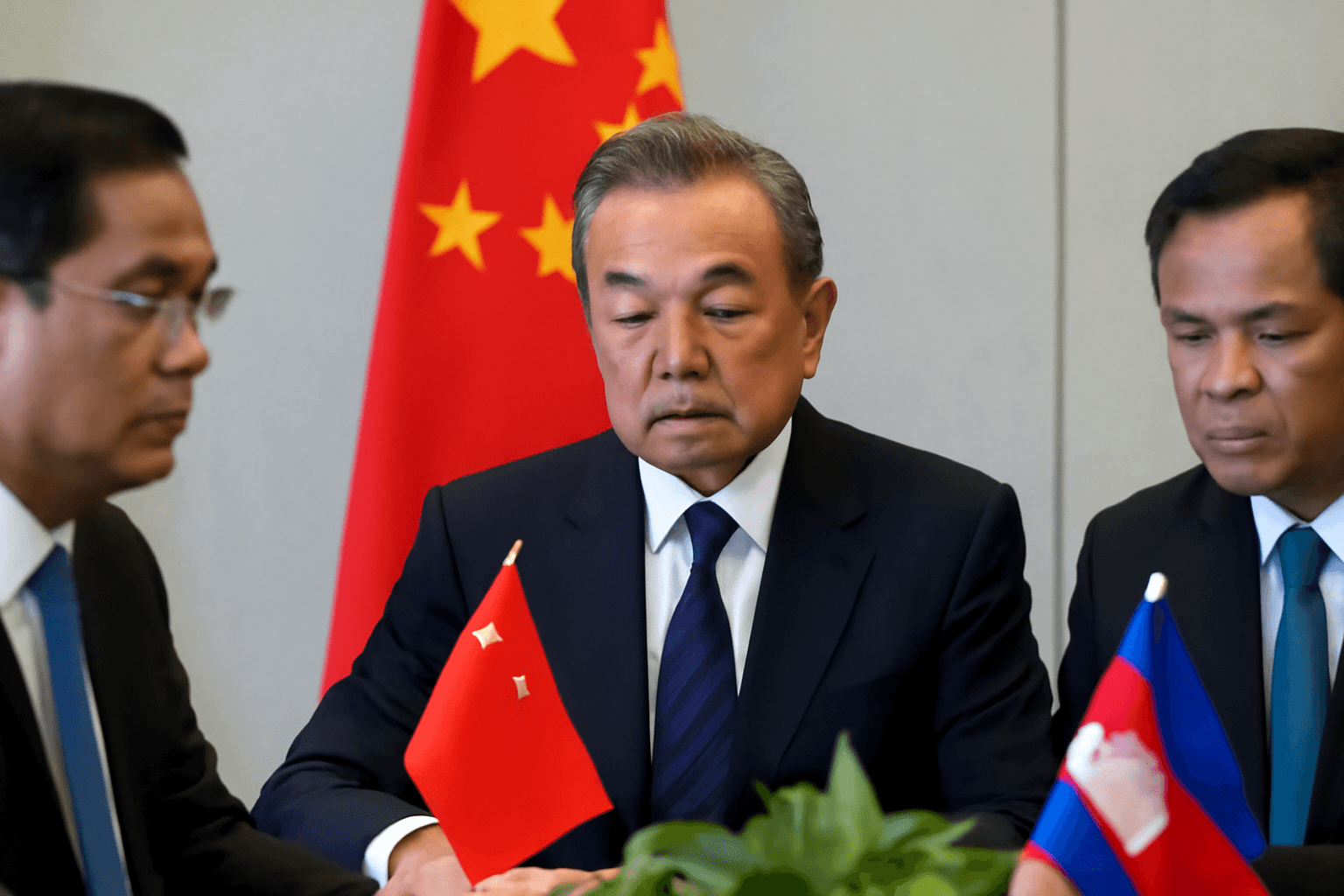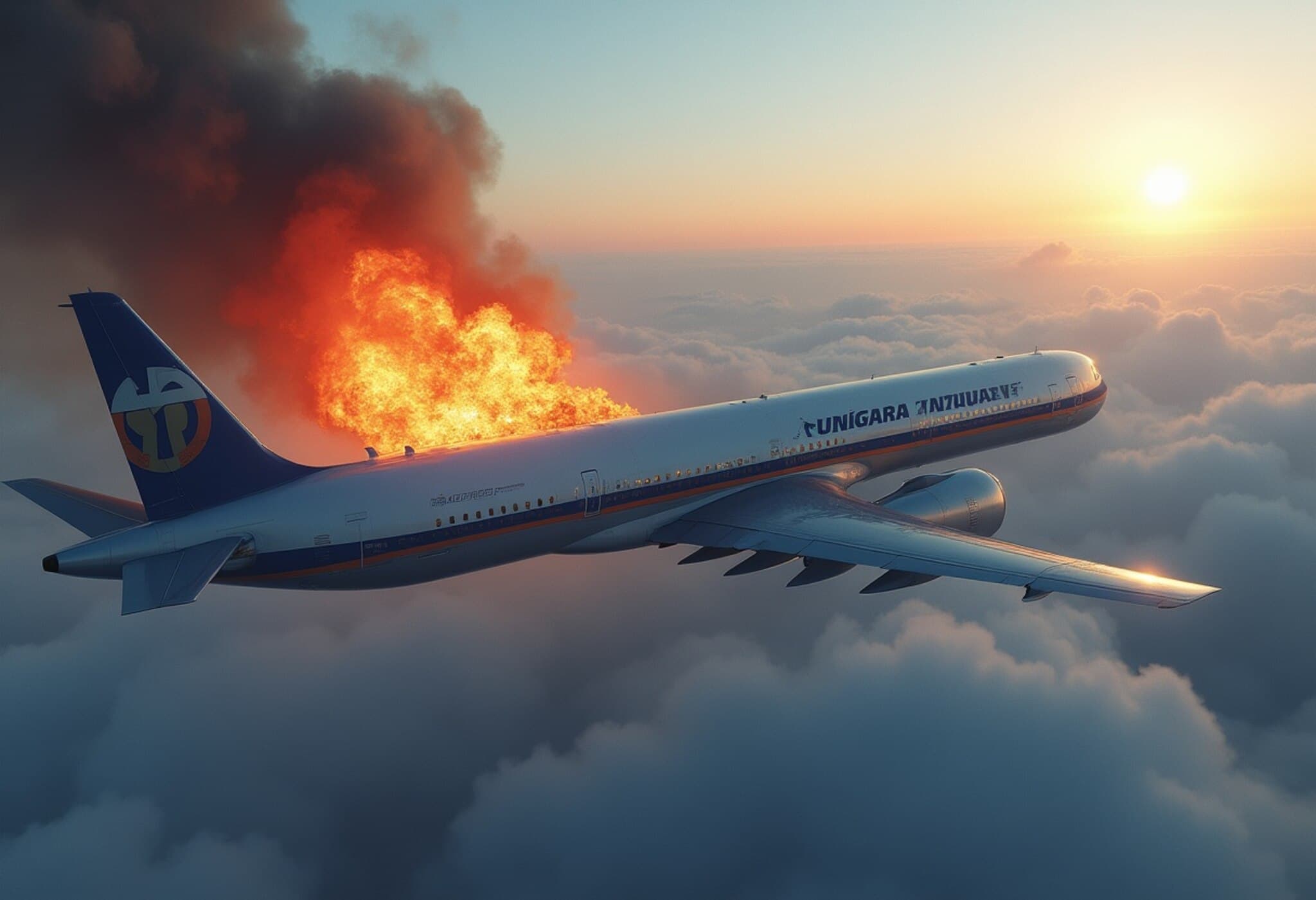Resurgent Border Conflict Between Thailand and Cambodia
Tensions along the Thailand-Cambodia border have sharply escalated into volatile clashes marked by deadly exchanges, diplomatic ruptures, and widescale military deployments. Rooted in a longstanding territorial dispute near culturally significant ancient temples, these confrontations have intensified in recent days, re-igniting fears of a protracted regional conflict.
Ten Crucial Insights Into the Latest Thailand-Cambodia Standoff
1. Violence Erupts Near Historic Temples
The immediate flashpoint area is near the Ta Muen and Ta Moan Thom temples, both long contested landmarks. Thai military reports indicate that hostilities began when Cambodian troops fired first following sightings of a Thai drone and troop movements. Cambodia counters that its forces were responding defensively to a Thai armed incursion, framing the conflict as a defense of sovereignty.
2. Civilian and Military Lives Endangered
The human cost has been severe, with at least one Thai civilian killed and three others, including a young child, injured by artillery rounds reportedly fired by Cambodian forces. Thai authorities confirm seven soldiers wounded. Strikingly, the Thai army alleges the use of BM-21 multiple rocket launchers targeting civilian zones in Surin province—raising alarms over the disregard for non-combatant safety amid growing hostilities.
3. Cambodia Denounces Thai Military Aggression
Official Cambodian statements label Thai military actions as "brutal and illegal aggression," accusing Thailand of violating international law and ASEAN principles by conducting airstrikes and deploying heavy weapons on Cambodian soil. Cambodia’s leadership underscores a resolute stance to defend national territory "at all costs," signaling possible protracted engagement.
4. Attack on Medical Facilities Amplifies Humanitarian Concerns
A striking development involves claims that Cambodian artillery targeted Phanom Dong Rak Hospital in Thailand’s Surin province. Although detailed corroboration is pending, such allegations suggest a troubling erosion of the protections typically afforded to medical establishments in conflict zones, heightening fears of escalating civilian suffering.
5. Thailand Shuts Borders and Issues Evacuation Advisories
In response, Thailand has sealed all northeastern border crossings, urging its citizens to avoid travel to Cambodia and encouraging evacuation where feasible. Evocative footage from Thai border villages captures residents seeking shelter amid ongoing shelling, underscoring the acute human anxiety at the frontline.
6. Diplomatic Ties Plummet as Ambassadors Are Expelled
Within a span of less than two days, diplomatic relations nosedived, with both nations expelling each other’s ambassadors and Cambodia downgrading its embassy operations in Bangkok. These diplomatic ruptures reflect deep mutual distrust, exacerbated by contested accusations of landmine deployment and territorial incursions.
7. Landmine Incident Sparks Current Hostilities
The immediate catalyst was a landmine explosion injuring five Thai soldiers along the disputed frontier. Thailand alleges these mines were recently laid Russian-made devices, contravening previously agreed-upon demilitarized zones, while Cambodia attributes the blast to remnants of unexploded ordnance from previous conflicts—a painful reminder of the region’s violent past.
8. Cambodia’s Military Readiness Amid Rising Tensions
Reflecting the gravity of the situation, Cambodia has announced the revival of mandatory military conscription starting next year. Prime Minister Hun Manet emphasized the country’s readiness to respond militarily to any aggression, signaling a shift towards heightened defense postures and increased militarization in the region.
9. Political Reverberations in Thailand
Domestically, Thailand faces political turmoil linked to the conflict. Prime Minister Paetongtarn Shinawatra was recently suspended after an ethics investigation scrutinized her crisis management. A leaked phone call with Cambodia's former leader Hun Sen—interpreted by critics as undermining Thai military interests—further deepened political fractures amid national security concerns.
10. Historical and Legal Context of the Border Dispute
The conflict is far from new; the contested border areas, notably around the 1,000-year-old Preah Vihear temple, have been flashpoints for decades. The International Court of Justice awarded the temple to Cambodia in 1962, reaffirmed in 2011. Yet nationalist fervor and territorial claims from factions in Thailand persist, demonstrating how legally settled matters can remain politically and militarily contentious.
Expert Commentary and Regional Implications
From a geopolitical standpoint, this renewed friction between Thailand and Cambodia highlights the fragility of peace along post-colonial borders in Southeast Asia. Analysts emphasize the role of national identity and historical memory in perpetuating territorial disputes, especially when tied to heritage sites with profound cultural and religious significance. The potential for wider instability raises alarms beyond bilateral relations—impacting ASEAN cohesion, regional security collaborations, and stability in a strategically vital area.
Additionally, the invocation of international law and ASEAN norms by both sides underscores the complex balance between sovereignty, regional diplomacy, and conflict resolution frameworks. This scenario serves as a case study in the challenges facing multilateral institutions in mediating ancient disputes that continue to shape modern state relations.
Looking Ahead: What’s at Stake?
- Humanitarian concerns: Escalating violence risks further civilian casualties and displacement along a densely populated border.
- Diplomatic breakdown: Severed ties hinder dialogue essential for de-escalation.
- Military escalation: Increased conscription and advanced weaponry deployments raise the specter of a protracted conflict.
- Regional stability: ASEAN’s capacity to manage intra-member conflicts faces a robust test.
Going forward, stakeholders will be watching closely for diplomatic overtures, potential ceasefires, and international mediation efforts that might avert further deterioration.
Editor’s Note
The latest outbreak of violence between Thailand and Cambodia is a stark reminder of how deeply historical grievances, cultural heritage, and national pride can fuel modern-day conflicts. Beneath the military headlines lies the human story of communities caught in the crossfire and political systems tested by insecurity. As global observers, it is crucial to look beyond surface-level clashes and consider inclusive pathways for dialogue and peacebuilding—particularly through leveraging international legal mechanisms and regional cooperation. This conflict poses pressing questions: Can ASEAN evolve its conflict resolution toolkit? How can heritage sites be preserved amid sovereignty disputes? And what role do domestic politics play in either exacerbating or calming such tensions? These are essential considerations as Southeast Asia navigates a path toward long-term stability.

